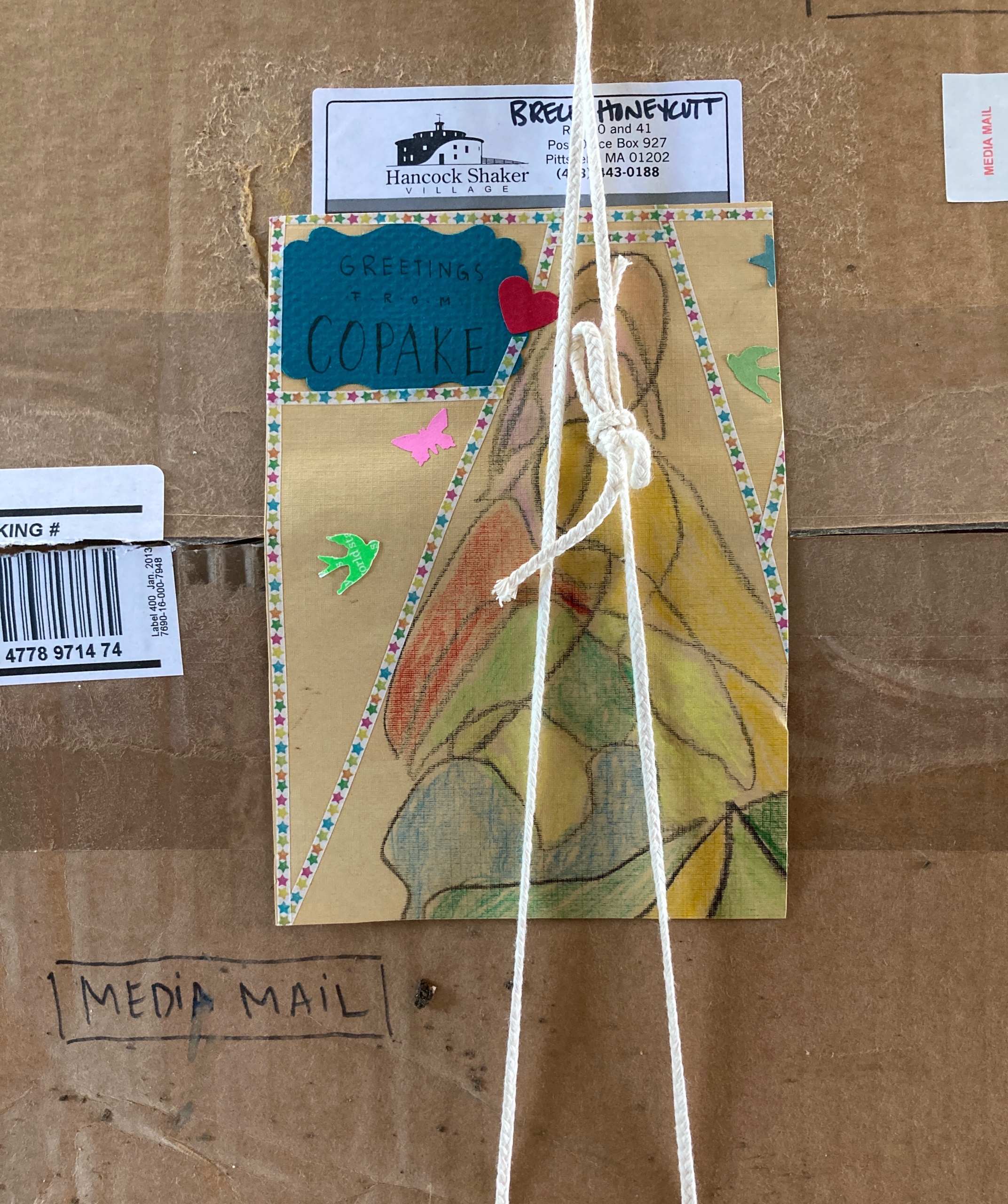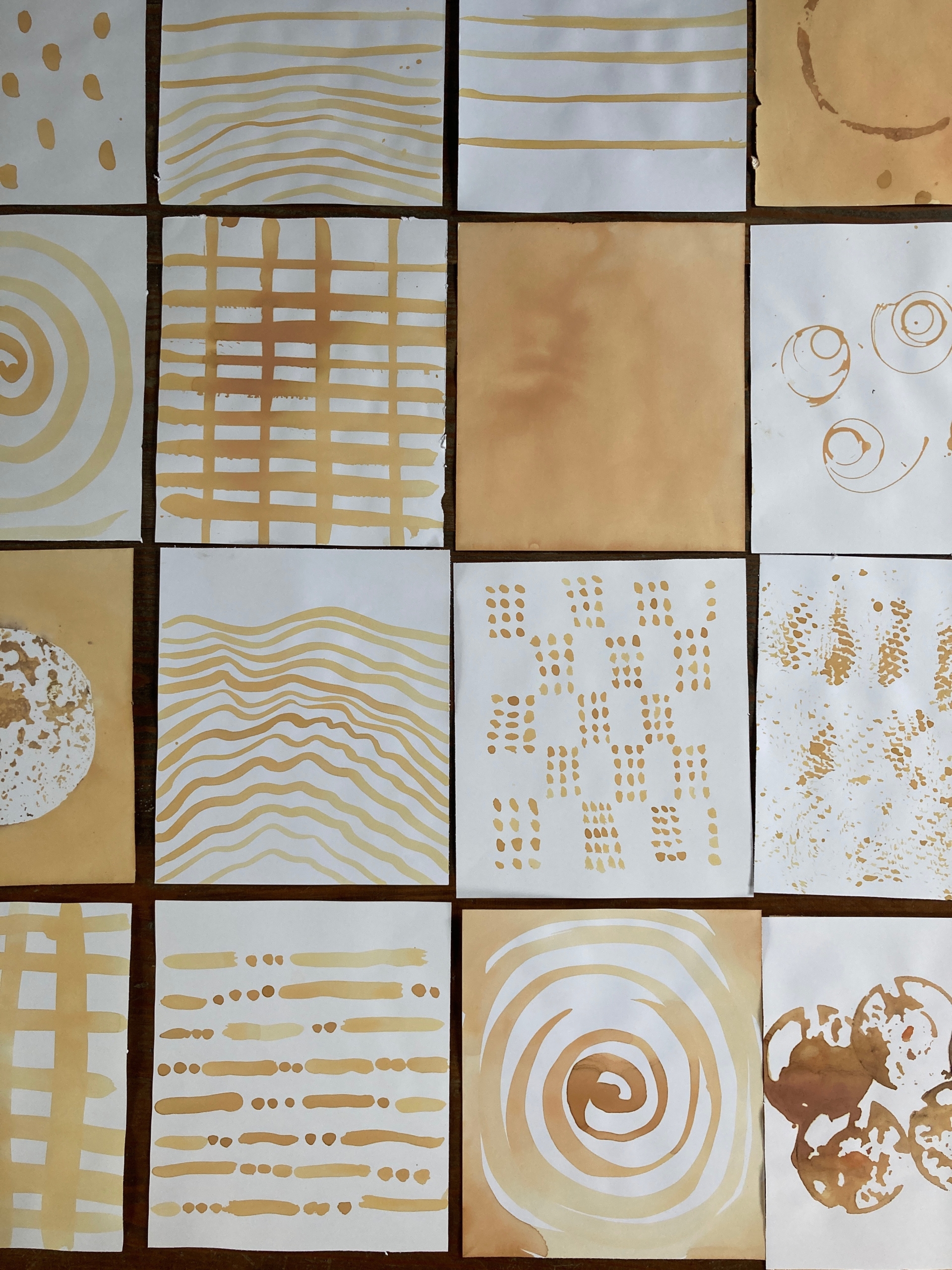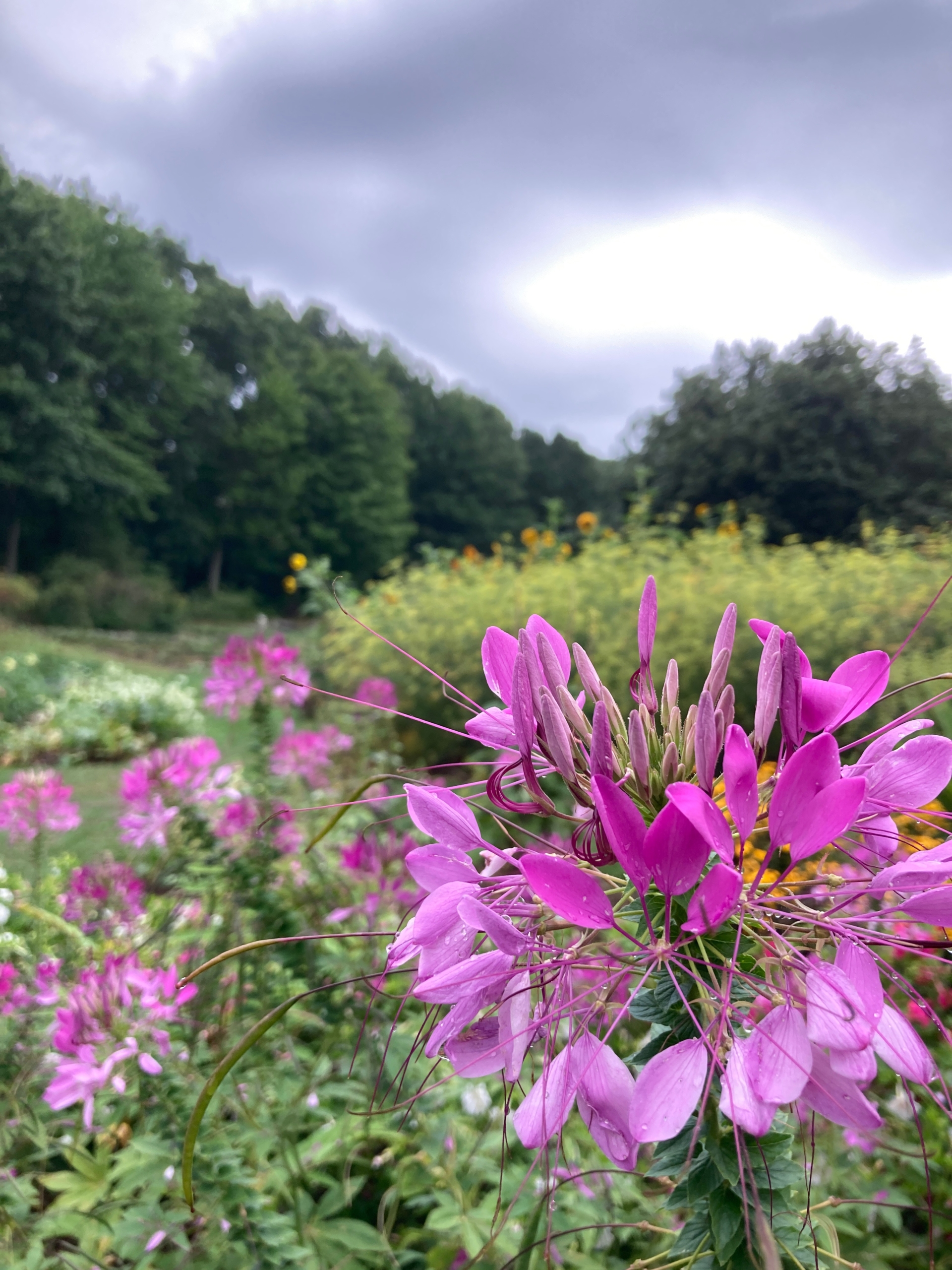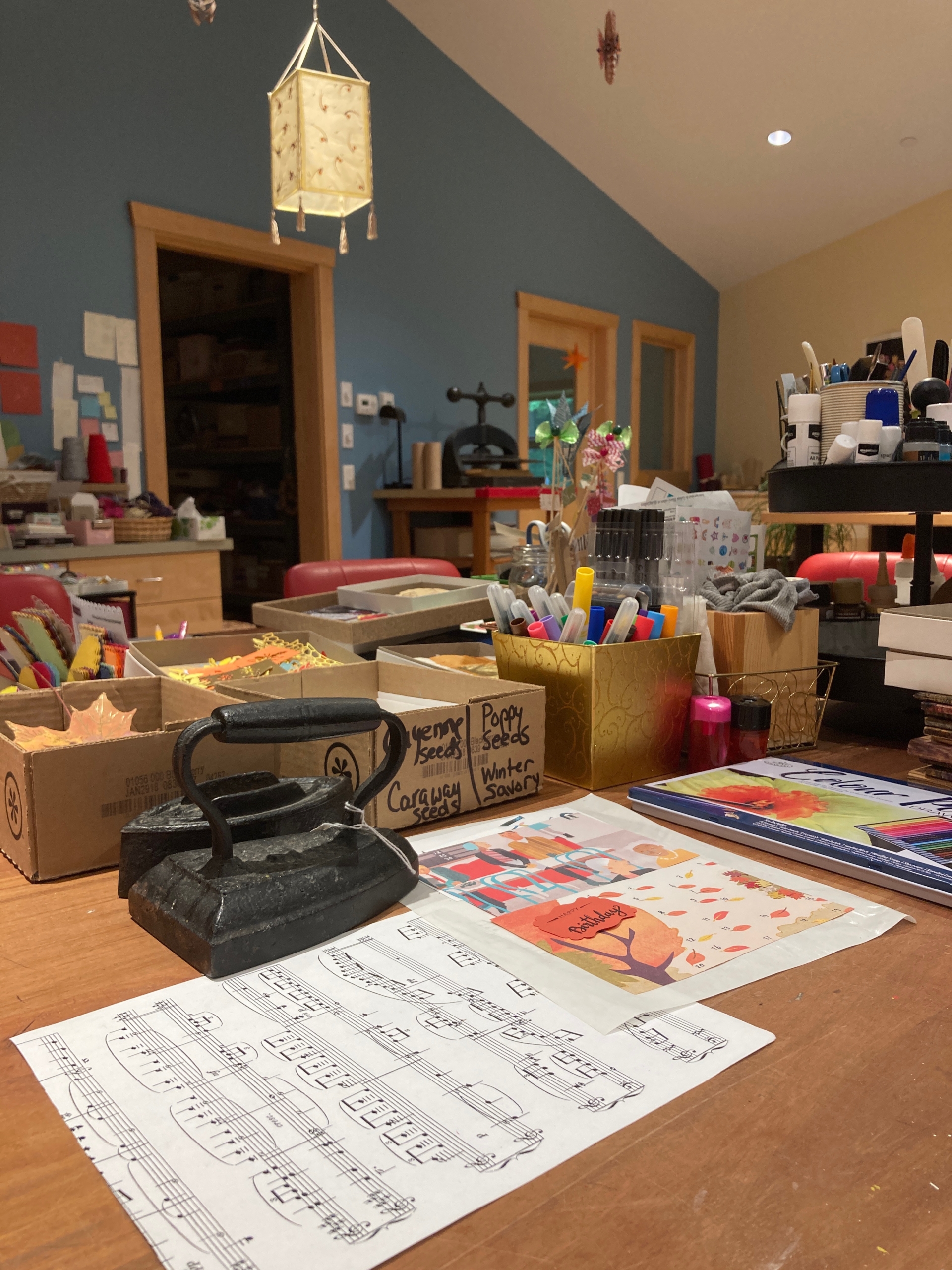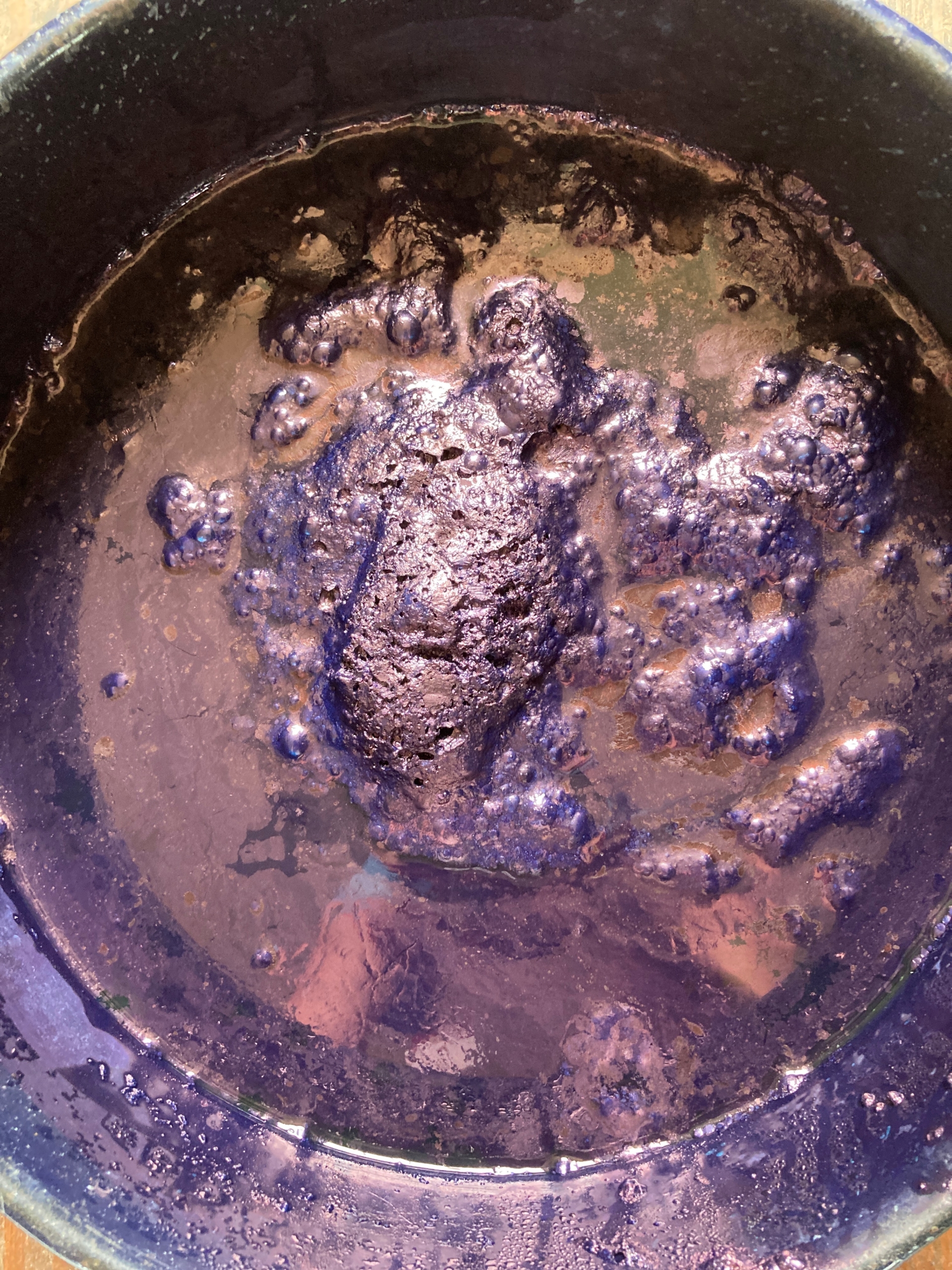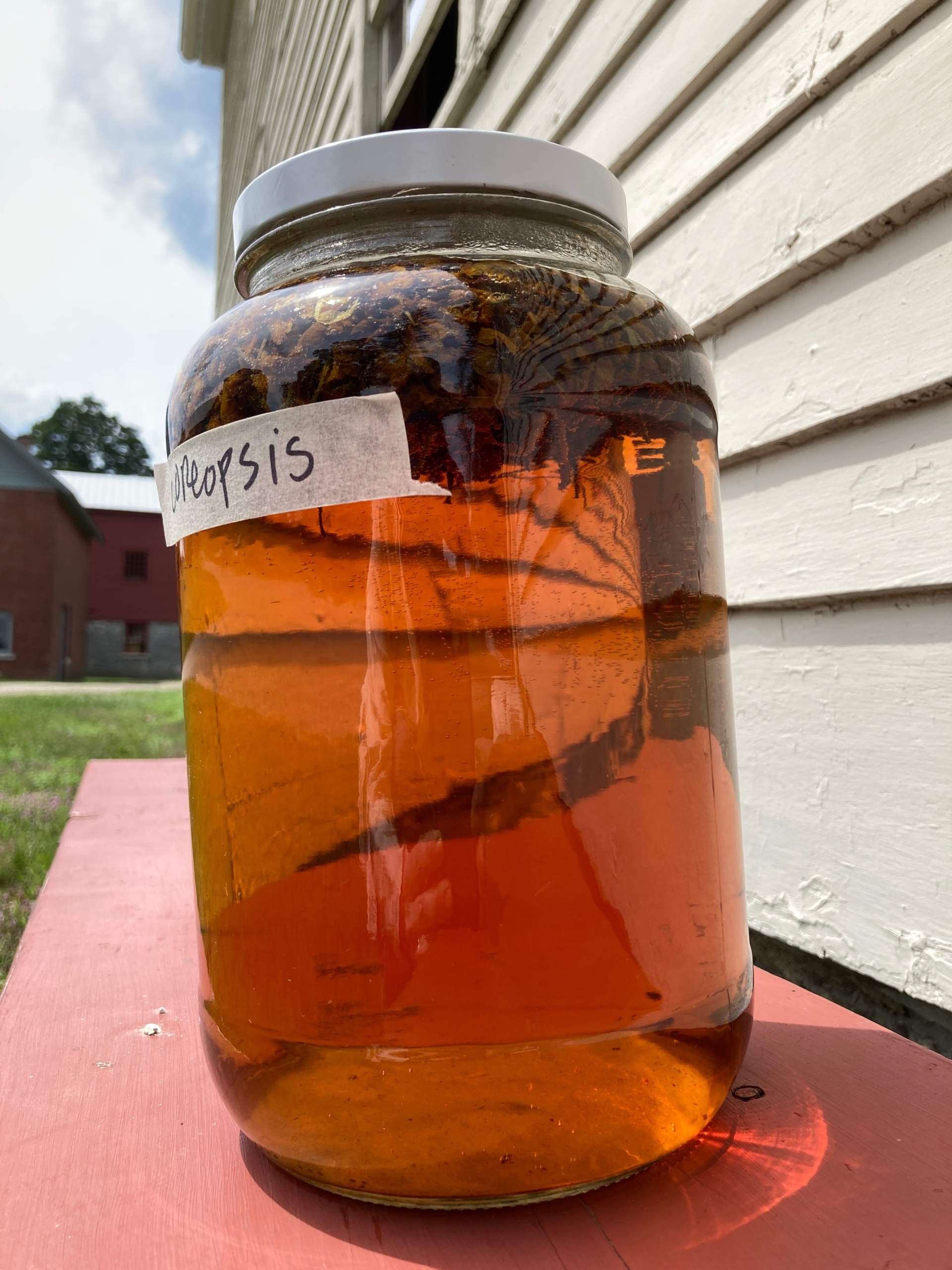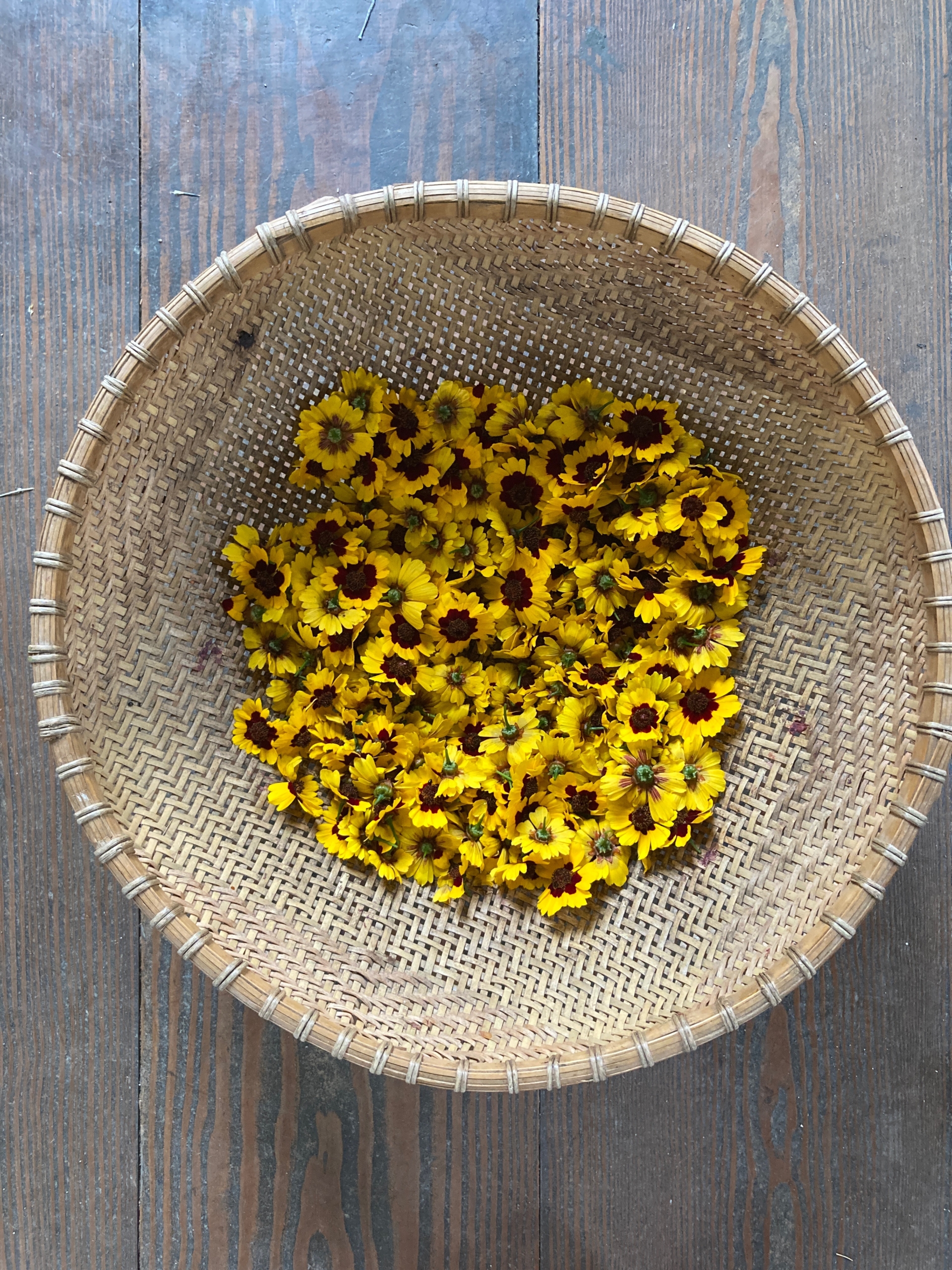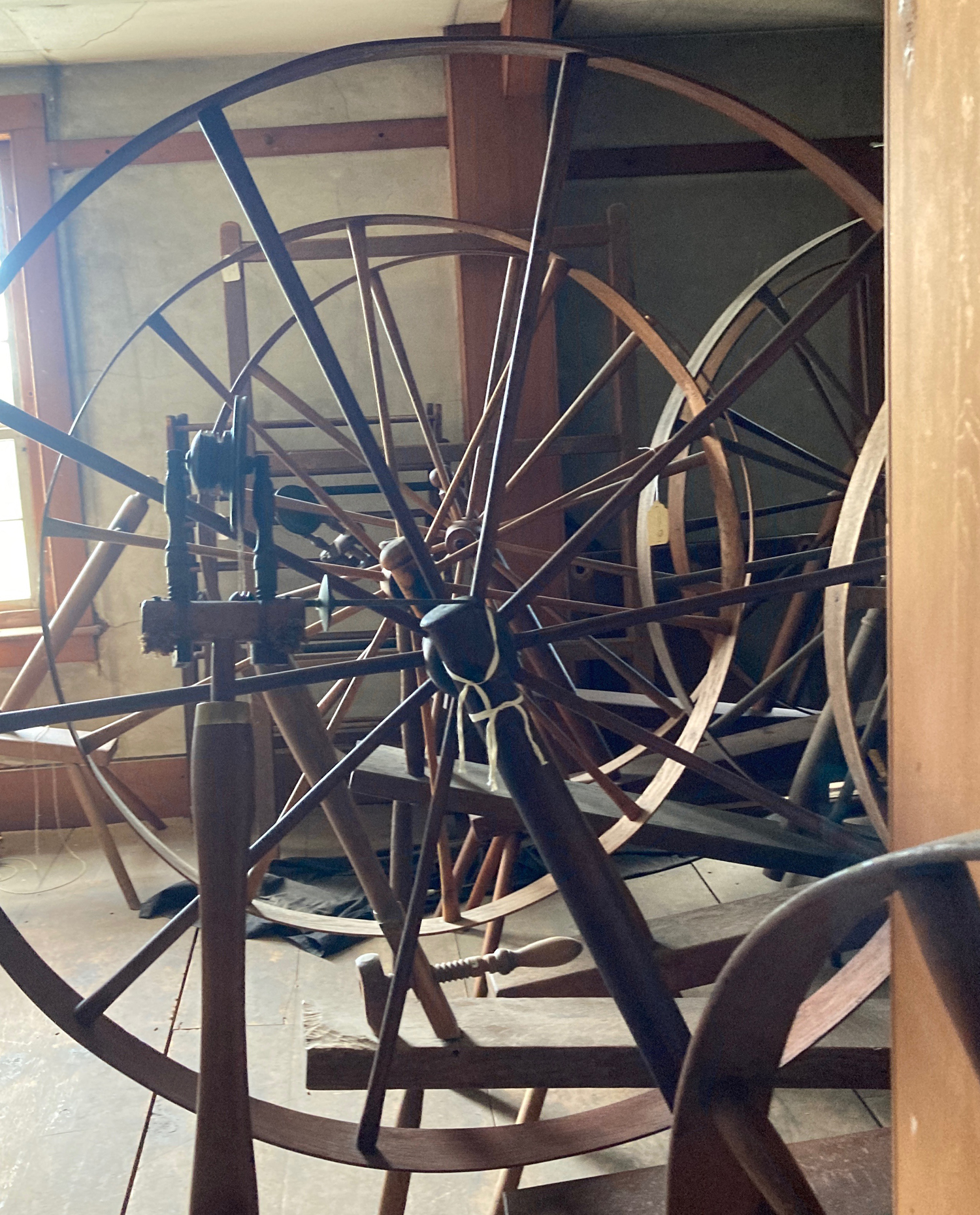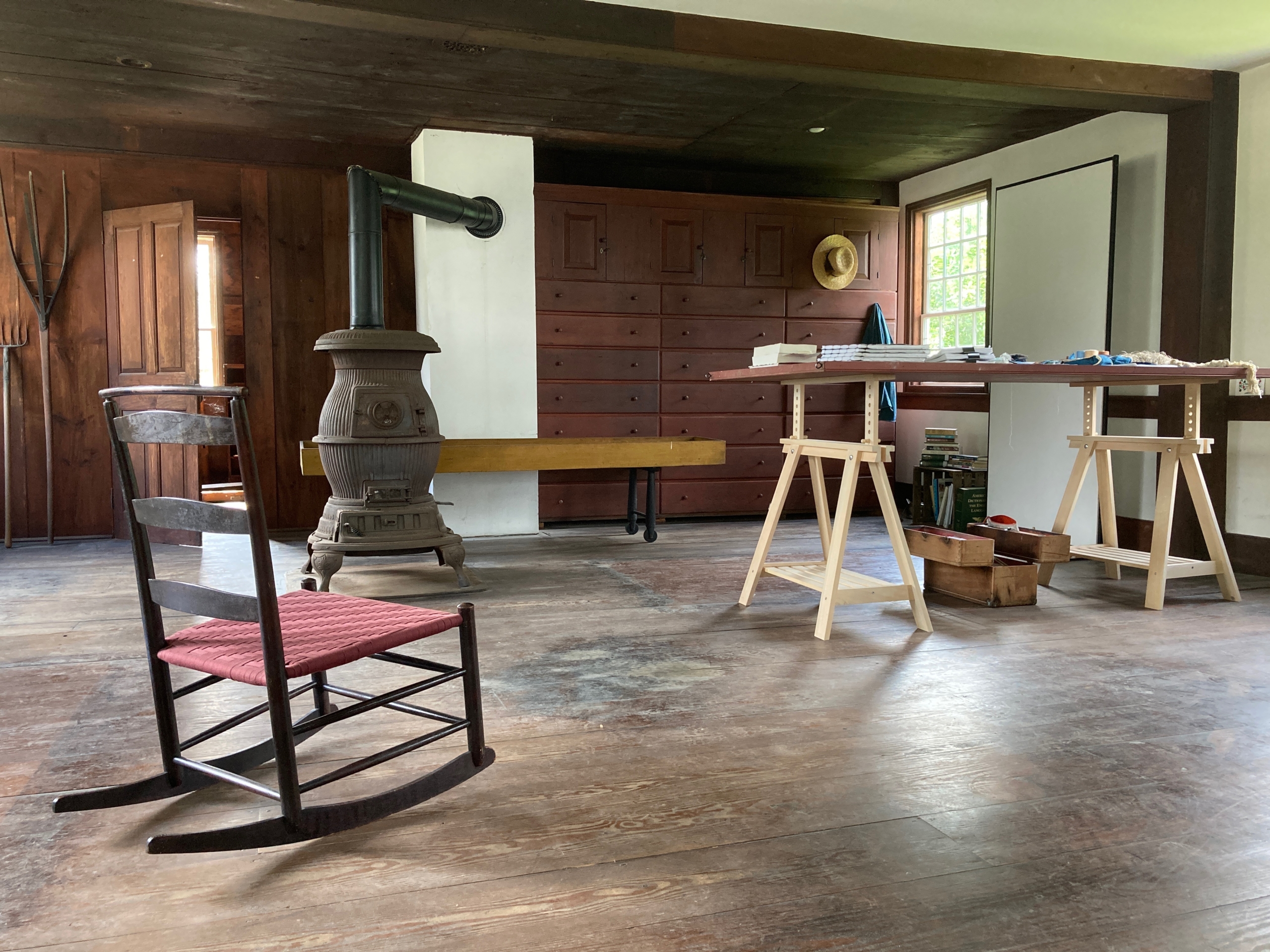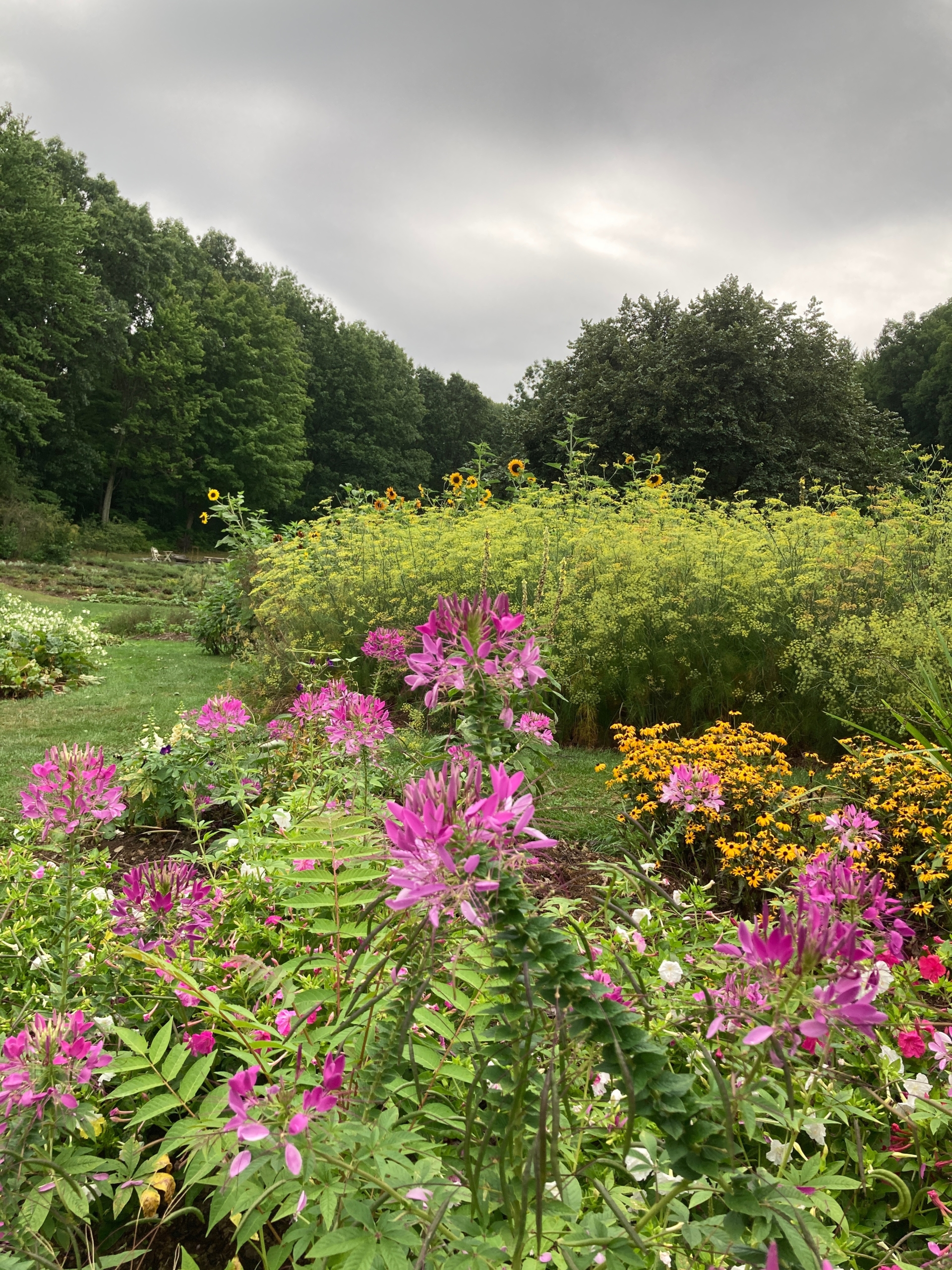community
Later today a group of our communities’ essential workers—teachers, nurses, firefighters, health care workers, police officers, maintenance workers, foodbank volunteers, and grocery workers—will be thanked for their service over the past months. No, they won’t be opening letters, but instead will be offered words and music by Yo Yo Ma, Anjimile, Emanuel Ax, Billy Keane, Chantell McFarland and Deval Patrick — Live from Hancock Shaker Village: Songs of Comfort
Hancock Shaker Village is known as the City of Peace and seems a fitting place for this evenings’ thank you celebration.

Even though, The Shakers as a society operated outside of the World, as they termed it, they very much participated in and contributed to their surrounding communities. In her book Shaker Cities of Peace, Love and Union: A History of the Hancock Bishopric, Deborah E. Burns cites many examples, but this one is both apt and particularly poignant.
“A report from Hudson, New York, in the Pittsfield Sun of November 28, 1803 states: On Thursday morning last, between eight and nine o’clock, 73 waggons arrived in this city from New Lebanon loaded with different kinds of provisions which is a donation from the Societies of Shakers in New Lebanon and Hancock, to the sufferers by the late terrible epidemic in New York. The following are the quantities of provisions which they shipped from there to New York, vix. 833 lb. of Pork, 1951 lb. of Beef, 1746 lb. mutton, 1685 lb. rye flour, 52 bushels rye, 24 do. beans, 179 do. potatoes, 34 do. carrots, 2 do. beets, 2 do. dried apples. Besides these provisions the two Societies made up 300 dollars in specie, which is also to be presented to the poor of New York. Would not the wealthy part of the community do well to imitate this most noble example of the Shakers?”
Deborah Burns, Shaker Cities of Peace, Love and Union: A History of the Hancock Bishopric, (Hanover: University Press of New England, 1993), pgs. 52-53.
Please note, this concert is limited to the invited audience and will be broadcast live on WAMC starting at 7pm and continues until 8:30 pm.
